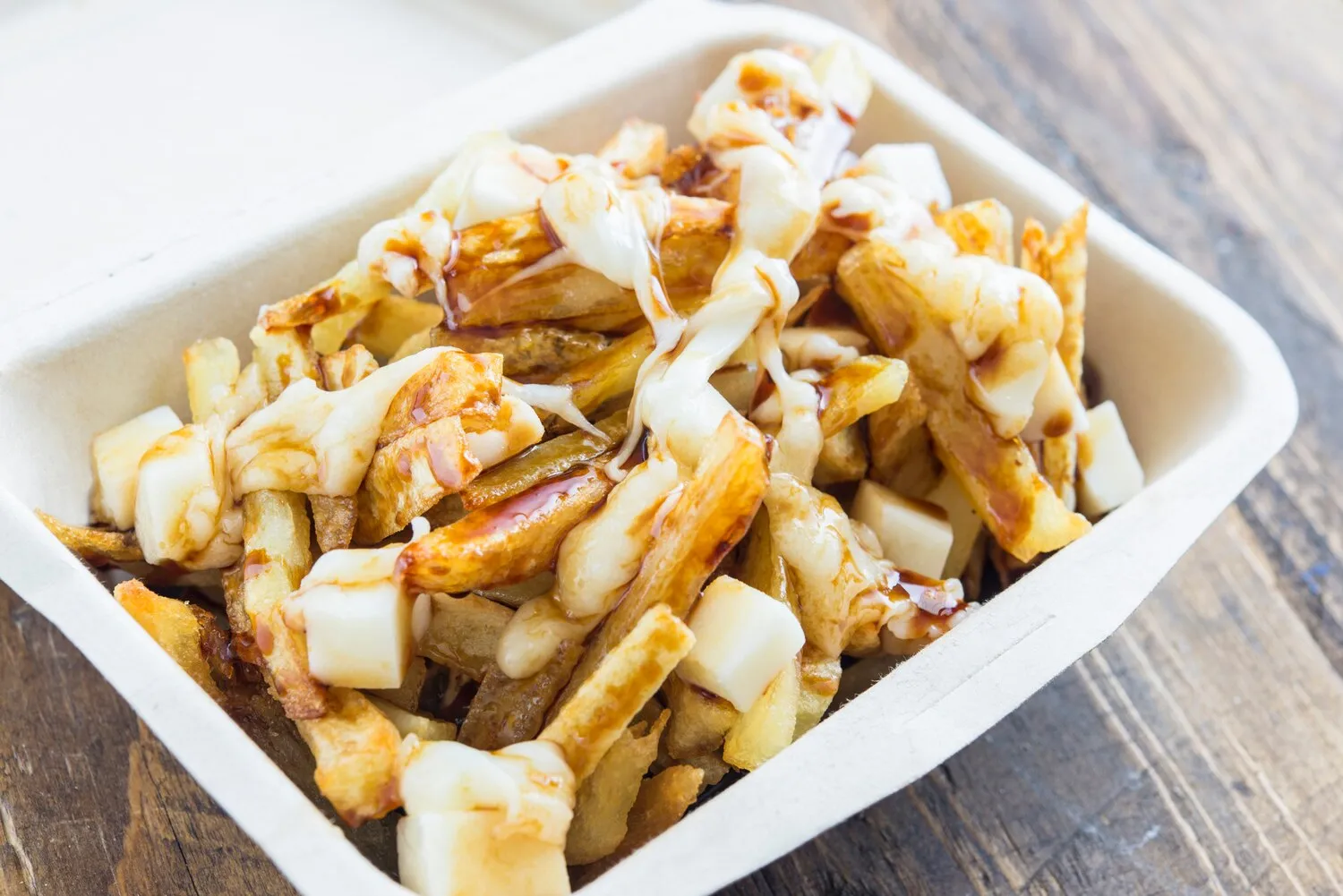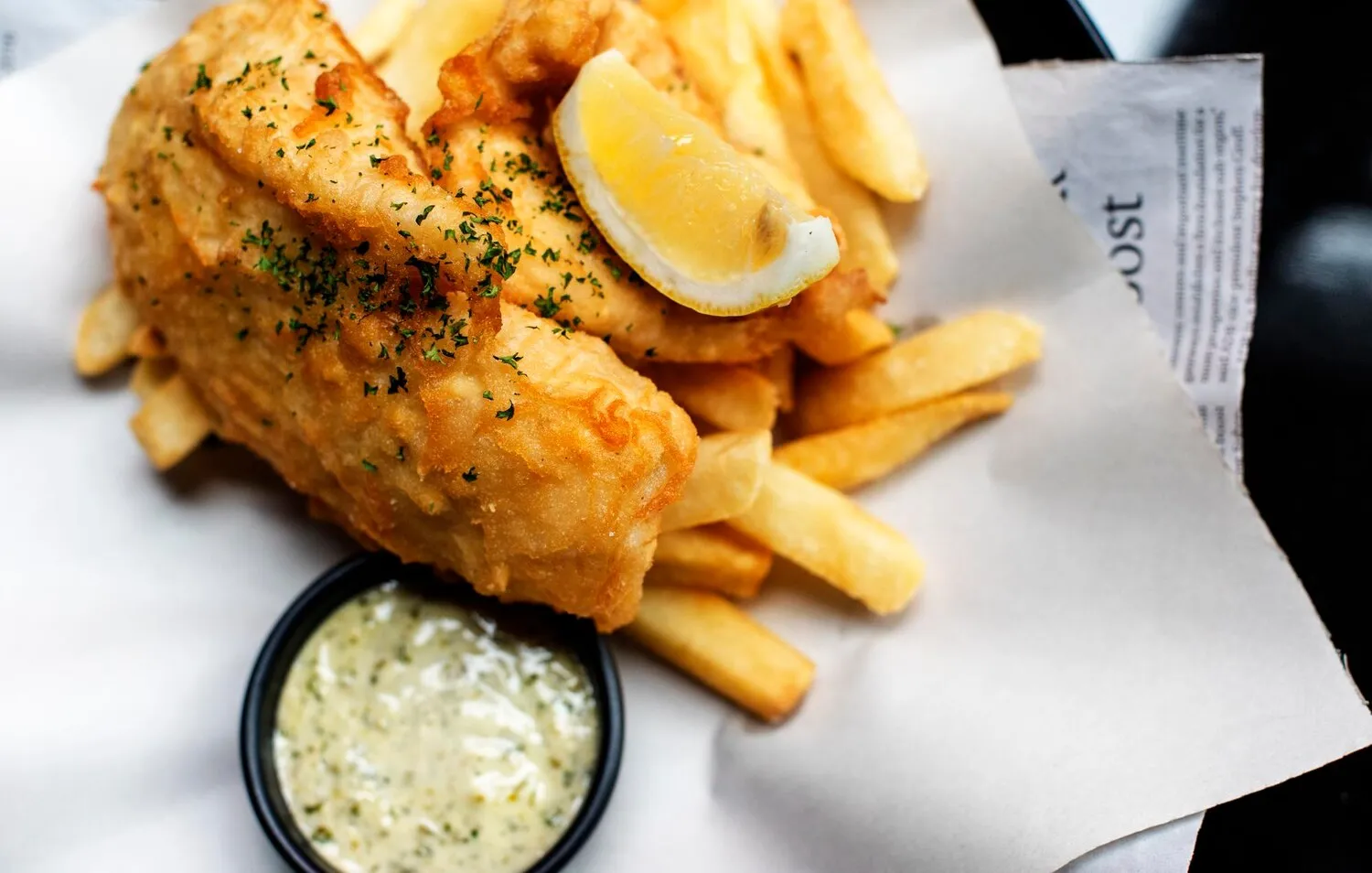
Caribou Steak
Caribou is also a local favorite.
Nutrition Facts
* The % Daily Value (DV) tells you how much a nutrient in a serving of food contributes to a daily diet. 2,000 calories a day is used for general nutrition advice.
Caribou has been a staple food source for indigenous populations in Arctic and subarctic regions for millennia. Traditional methods of preparing caribou included smoking, drying, and stewing. With the arrival of European settlers, grilling and pan-frying techniques became more common, leading to the modern caribou steak preparation.
Caribou steak is deeply connected to the cultural identity of indigenous communities and regions where caribou are prevalent. It represents a vital link to traditional subsistence practices and respect for the land and animals that provide sustenance.
Indigenous Heritage
For many indigenous communities, caribou is more than just food; it's a symbol of their cultural heritage and way of life. Hunting and preparing caribou is often a communal activity, passing down traditions from generation to generation. Sustainable hunting practices ensure the continued availability of this important resource.
Regional Cuisine
In regions like Alaska and northern Canada, caribou steak is considered a delicacy and is often featured on restaurant menus, showcasing local ingredients and culinary traditions. It represents a connection to the land and the unique environment of these areas.
Caribou steak offers a rich, gamey flavor that is both savory and slightly sweet. The lean meat readily absorbs marinades and seasonings, enhancing its natural taste. Common accompaniments such as root vegetables and berries provide complementary earthy and sweet notes.
The taste of caribou steak is often described as being similar to venison but with a slightly sweeter and less gamey profile. The leanness of the meat contributes to a tender texture when cooked properly. Marinating with herbs like thyme, rosemary, and juniper berries can enhance the natural flavors. Root vegetables like potatoes, carrots, and parsnips add an earthy sweetness, while berries such as cranberries or lingonberries provide a tart counterpoint.
Marinating for Tenderness
Marinating caribou steak for several hours, or even overnight, can help tenderize the meat and infuse it with flavor. A marinade containing acidic ingredients like vinegar or citrus juice can help break down the muscle fibers.
Cooking to Medium-Rare
Caribou steak is best cooked to medium-rare to prevent it from becoming dry and tough. Using a meat thermometer is recommended to ensure accurate cooking. Aim for an internal temperature of 130-135°F (54-57°C).
Resting the Meat
Allowing the caribou steak to rest for several minutes after cooking is crucial. This allows the juices to redistribute throughout the meat, resulting in a more tender and flavorful final product.
Explore additional Canadian dishes and restaurants
Explore CanadianDiscover top dining spots and culinary experiences in Iqaluit.
Explore IqaluitLearn more about the food culture, restaurant scene, and culinary heritage of Canada.
Explore Canada
